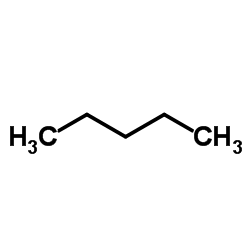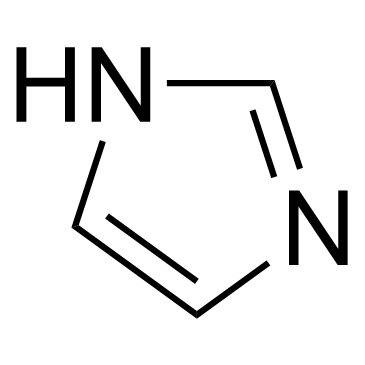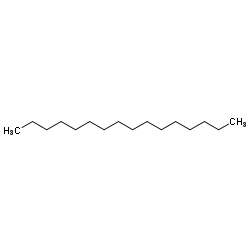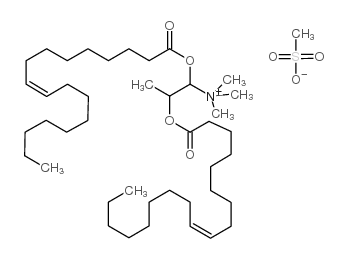| Structure | Name/CAS No. | Articles |
|---|---|---|
 |
Glycerol
CAS:56-81-5 |
|
 |
Pentane
CAS:109-66-0 |
|
 |
Imidazole
CAS:288-32-4 |
|
 |
N-hexane
CAS:110-54-3 |
|
 |
HEPES
CAS:7365-45-9 |
|
 |
Hexadecane
CAS:544-76-3 |
|
 |
DOTAP Transfection Reagent
CAS:144189-73-1 |